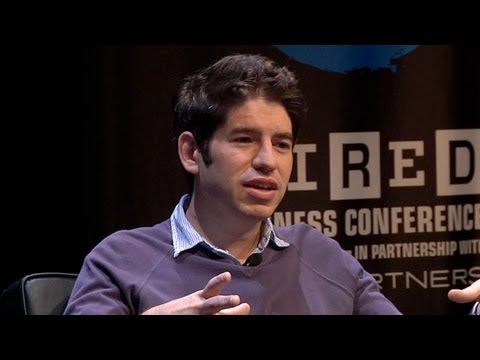CRISPR: The Revolutionary Gene Editing Tool
Summary
In this article, we discuss CRISPR, a gene editing tool that enables scientists to edit or change the genome. We explore how CRISPR works, its potential applications in medicine and beyond, and the ethical concerns surrounding its use.
Table of Contents
- What is CRISPR?
- Potential Applications of CRISPR
- Ethical Concerns Surrounding CRISPR
- Technical Issues with CRISPR
- Conclusion
What is CRISPR?
CRISPR is a revolutionary gene editing tool that enables scientists to edit or change the genome, which is like an instruction manual that describes how to make a person. The genome is written in DNA, and CRISPR is like a molecular pair of scissors that can find specific places in the genome, make small cuts, and edit it. CRISPR is a precise and affordable tool that works with a Cas9 protein complex and a guide RNA that tells the protein where to go and what gene to cut out. The guide RNA is easy to make, making the CRISPR system very programmable.
Potential Applications of CRISPR
Scientists are using CRISPR to understand the genetic basis of many diseases, such as cancer and autism, and to engineer DNA to fix mutations that cause disease. The potential for CRISPR to cure diseases like muscular dystrophy is exciting, but there are also ethical concerns surrounding its use in humans. Additionally, there are concerns about who will have access to CRISPR and whether it will be used for non-therapeutic reasons. While some worry that CRISPR could be used to choose physical traits like eye color, the state of genetics is not advanced enough to make such choices possible.
Ethical Concerns Surrounding CRISPR
The ethical use of CRISPR is still being debated, and it should be used for informed and beneficial purposes. Editing the germline, which can be passed down through generations, raises questions about unintended consequences and lack of consent. While the possibility of engineering animals like in Jurassic Park is uncertain, the opportunities presented by CRISPR are vast and exciting.
Technical Issues with CRISPR
The use of guide RNA in CRISPR can be affected by mutations in the genome, which can lead to inefficiencies in targeting and cutting the correct site. There are concerns about using CRISPR without sequencing the specific cell type being studied, as there may be variations in the genome that can affect targeting. While there is still much to be worked out in terms of technical issues, CRISPR holds a lot of potential for a wide range of applications beyond biomedical science, such as using DNA as a hard drive or tracking cells in a developing embryo. Additionally, CRISPR could be helpful in understanding human variation beyond what is already known through sequencing genomes.
Conclusion
In conclusion, CRISPR is a powerful and exciting tool that holds a lot of potential for biomedical science and beyond. However, its use must be guided by ethical considerations and caution must be exercised to avoid unintended consequences. With further research and development, CRISPR could revolutionize the way we understand and treat genetic diseases.




